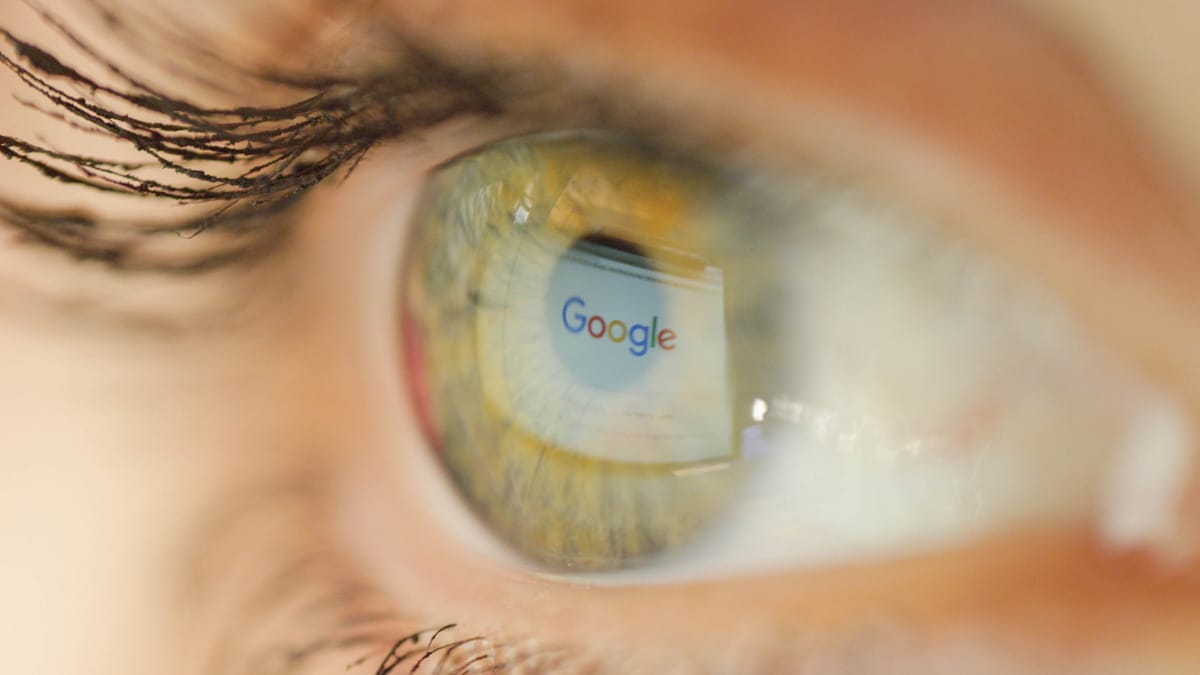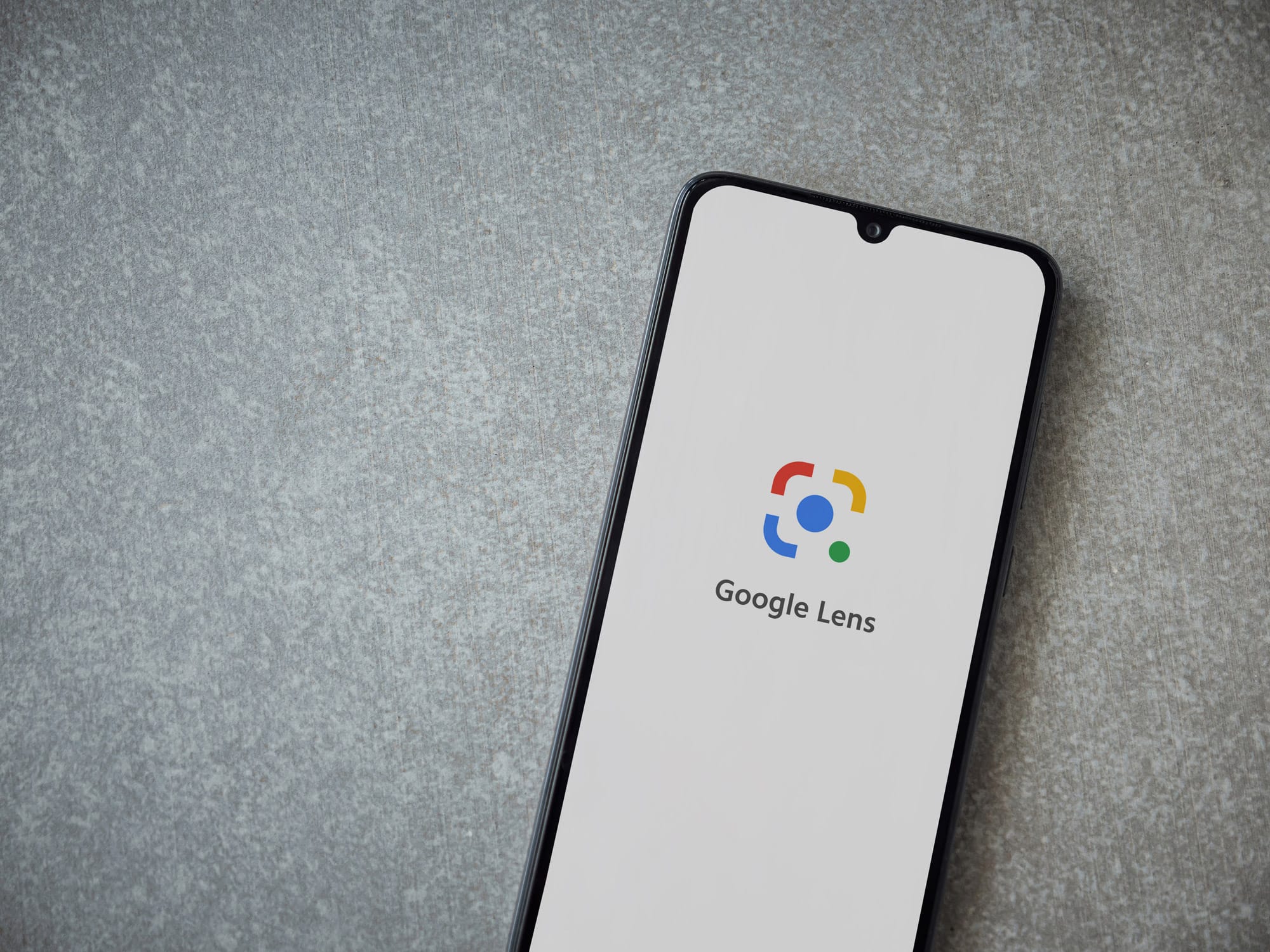Some of the most exciting, futuristic marketing solutions are already within reach for the average small business. Despite this, many organizations have yet to take advantage of helpful tools that are surprisingly easy to navigate. Such is the case for Google Lens, which, despite being released in 2017, remains one of the most underutilized marketing opportunities.

Google’s image recognition technology was already impressive when it first made its mark in the Android world, but it’s grown far more capable in its first few years of existence. Now is the perfect time to get on board, as the technology appears poised to finally reach its full potential. Keep reading to discover how this exciting system works and why it’s the marketing solution you never knew you needed.
What Is Google Lens? How Does it Work?
Google Lens can be difficult to define, as it means different things to different people. Experts at Computerworld think of it as a “search engine for the real world.” This tool harnesses the power of artificial intelligence to provide insight into text or objects that exist within the images it analyzes. A common example: identifying shrubs or flowers you encounter in everyday life, without the need to search through a guidebook. Google Lens can also be useful for highlighting landmarks and even products.
In addition to identifying components contained in images, Google Lens provides access to helpful information and other applications that give users a better sense of the concept than a label alone. This brings a new level of interest to the app, while also delivering exciting possibilities to those who make the most of this capability. As Alphabet CEO Sundar Pichai explains, this “set of vision-based computing capabilities…can help you take action based on what you are looking at.”
How Will Google Lens Impact Marketing?

While the full potential of Google Lens has yet to be realized, it’s only a matter of time before Android users begin to make use of this helpful tool. When they do, businesses that optimize their images accordingly will be able to attract and interact with potential customers in a whole new way. Keep an eye out for the following marketing developments:
Visuals Will Attract Website Visitors
Website images previously served a primarily aesthetic or educational purpose, with their value rarely realized until after visitors arrived at pages by way of conventional text-based searches. These days, however, it’s possible for a hasty photo on Google Lens to lead directly to your company’s website. As such, it’s more important than ever that your website includes plenty of images.
Quantity alone will not suffice. High-quality images are essential, as is supporting information that helps these visuals achieve higher rankings. Image search results can be optimized with help from meta tags, captions, and descriptive text. Image data file can also prove valuable, so be sure to label each file with a descriptive name.
Don’t forget the role of size; when in doubt, opt for the Goldilocks of images — not too horizontal or vertical in orientation, and of course, not too big or too small.
Image Searches Will Replace Traditional Text

In an age of Siri and Alexa, smartphone users are less willing to take the time to conduct traditional text-based searches. Many now rely on voice search. Still, no matter how convenient it may seem, this approach holds noteworthy limitations. Not everybody is always in the position to pose questions out loud — and even when they are, pinpointing the appropriate search term can be a struggle.
Returning to the example of plant identification, a description such as “shrub with white flowers” or a question such as “which shrubs have white flowers?” may lead to a variety of results. This is a problem when you want to identify a specific plant, rather than view the full spectrum of similar shrubs. With Google Lens, it’s possible to get an instant answer without worrying about phrasing. This same concept will be applied to products, making Google Lens a must-use tool for the retailers of tomorrow.
As Google Lens becomes more popular, it will become increasingly important for businesses to optimize images for SEO. While this was vital years ago, skipping this crucial step could lead to significant losses in the future. In addition to optimizing product images, businesses should pay close attention to pictures that reference key services.
Another consideration: pedestrian traffic, which remains a surprisingly powerful means of attracting attention despite the proliferation of digital solutions. This classic approach can be enhanced with help from Google Lens. After all, consumers are so accustomed to searching for reviews, they’re often unwilling to frequent business premises even when doing so would be convenient. Rather than fumble through a text-based search, they can snap a quick photo and learn everything they need to know about a particular location.
QR Codes Will Become More Valuable
When the QR code first hit the tech scene, it sparked a lot of excitement among retailers. Since then, this tool has remained available but, like Google Lens itself, largely underutilized. Now, as Google Lens becomes more prominent, the QR code could see another surge in popularity.
QR codes are excellent for producing measurable marketing campaigns. More versatile than many people realize, they can be used to:
- Direct consumers to landing pages or social media profiles.
- Provide customers easy access to online promos or discounts.
- Direct customers to download pages for business apps.
- Add marketing events to digital calendars.
- Send location coordinates for business premises.
Consistency Is Key
Google Lens is useful, but it’s far from perfect. The tool has been known to confuse seemingly straightforward images. Botched results are more likely in poor lighting or when motion causes blurring. Even when pictures are perfect, however, incorrect results remain a real possibility.
While future improvements may eventually ensure that every Google Lens image leads to accurate identification, the app still could use a bit more nuance. For this reason, consistency and clarity are extremely important for any business seeking to optimize images for SEO. Brand imaging, in particular, must be consistent across products, signs, and anywhere else logos are used.
The sooner you get on board with Google Lens, the more likely you are to gain an edge on the competition. This is your opportunity to perfect a new and exciting take on image search. Don’t waste this chance to go beyond text as you level up your SEO efforts.
Vinci Digital: Your Guide to Today’s Most Exciting Marketing Technology

At Vinci Digital, we make a point of remaining at the forefront of the technological developments that promise to transform the world of marketing. We can help you determine which of these solutions are ideal for applying to your campaign — and how they can be managed to ensure the best possible ROI. Contact us today to learn more about our SEO and content marketing services.
PS: Have you experimented with Google Lens? Or do you incorporate any other image recognition solutions in your marketing efforts? Let us know what you’re up to or what you hope to try in the future — leave a comment with your thoughts.











